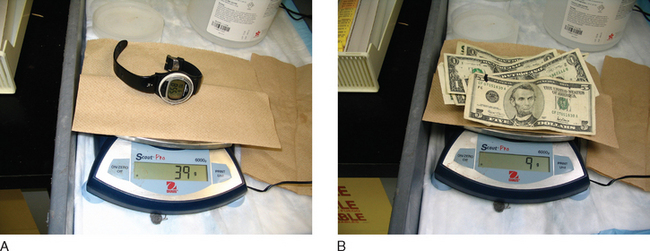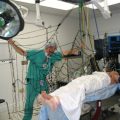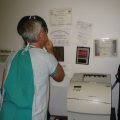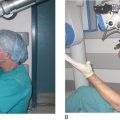CHAPTER 5 Attendance and Scheduling Issues
Yea verily, hear these words, as they are the lament of simulator people from sea to shining sea. From Boston’s storied Ether Dome down to hurricane-battered Miami, across the fruited plain, up over the Rockies to LA’s smog, San Fran’s fog, and Seattle’s drizzle, the problem with simulators is always the same.
So the Simulator sits there, becoming a cobweb magnet in a dark room. A hundred scenarios, a thousand lessons huddle within the Simulator’s latex chest, but there they sit and there they stay, waiting for someone to rediscover them.
The obstacles to scheduling are quite daunting, involving two nontrivial components—time and money!
MONEY HEADACHES WITH SIMULATION SCHEDULING
TIME HEADACHES WITH SIMULATION SCHEDULING
If you do believe in the Simulator, then no amount of obstacles will keep them from coming.
Here’s a few approaches to keeping the faith.
The residents loved it and wanted to come back for more!
Then give them what they want.
Scheduling is the killer of Simulators.







